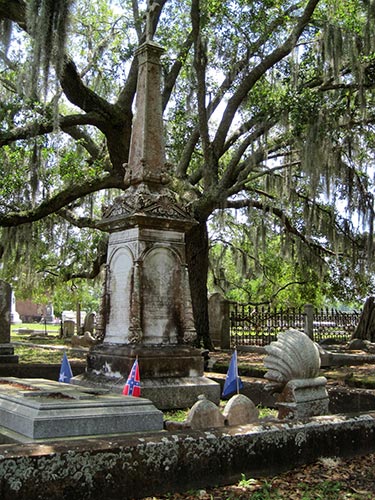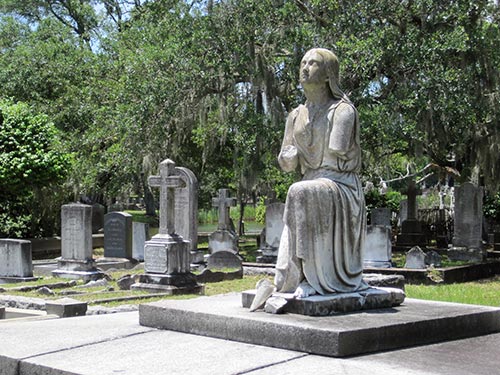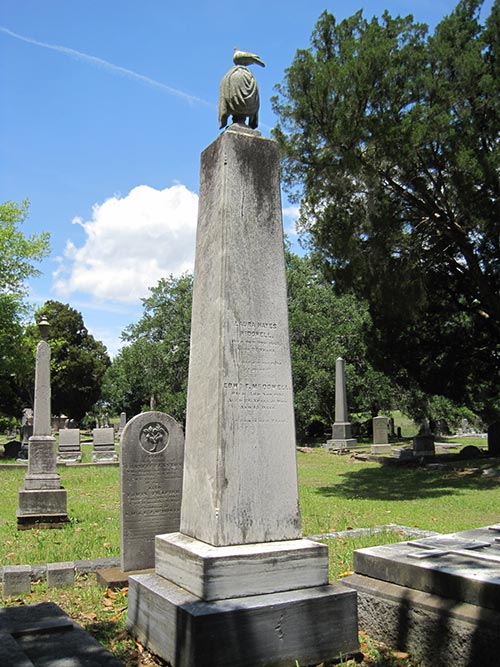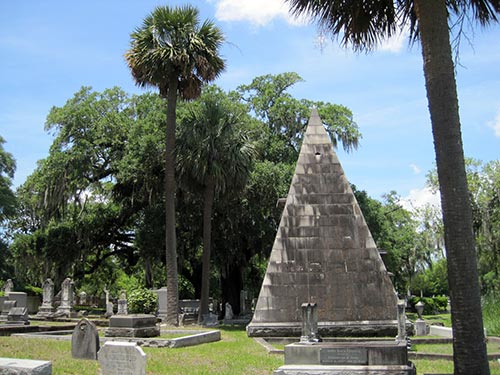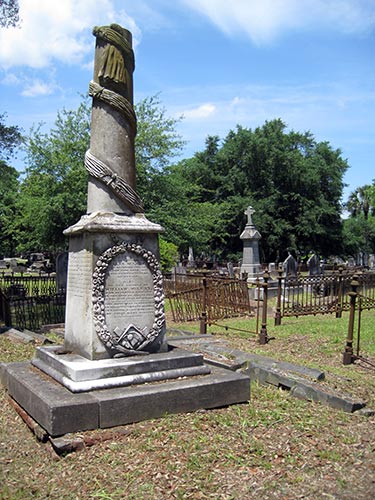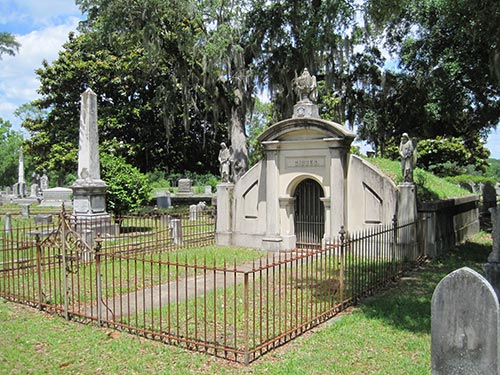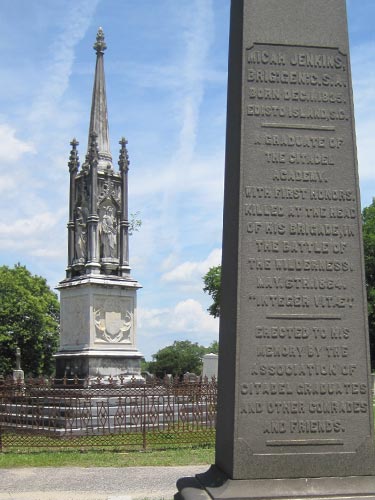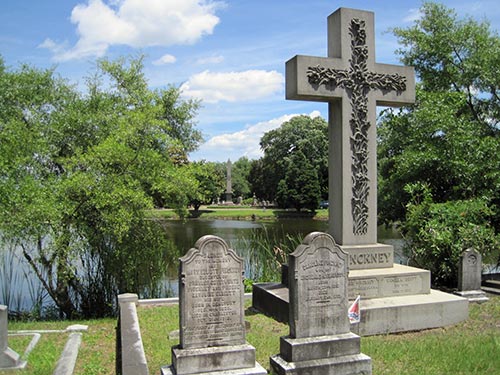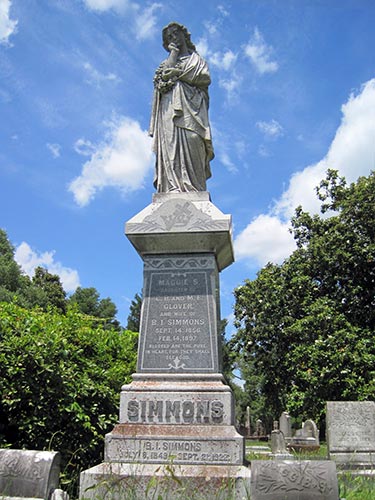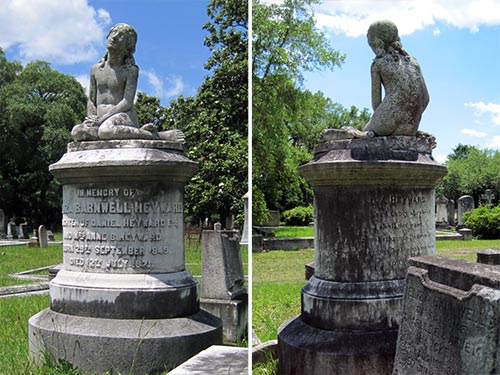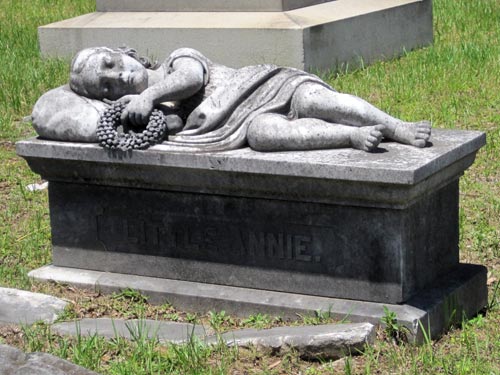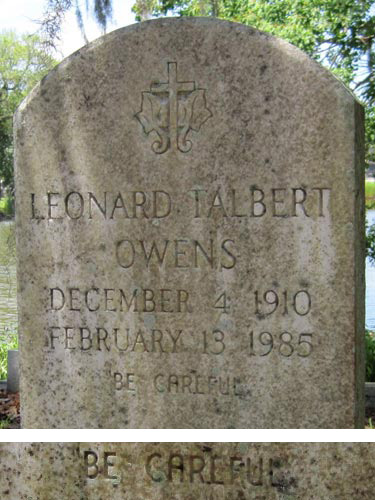Showing 1 - 8 of 8 posts found matching keyword: american cincinnatus
Tuesday 22 December 2020
Four days before Christmas, while the nation was busy with other, bigger problems, the Virginia-sponsored statue of Robert E. Lee was quietly removed from the U.S. Capitol.
Each state has two statues in the Capitol, most in the National Statuary Hall. But the hall isn't large enough for 100 statues, so some had been moved to other locations, including the Crypt below the Rotunda. It's called the Crypt because it was originally intended to be the final resting place of the mortal remains of America's patron saint: George Washington. That made it a fitting place for a statue of Washington's great-grandson-in-law.
The statue is being moved to a history museum, which is frankly a far more suitable location for the man famous as leader of the slave-owning armies in the War Between the States. It'd be nice to say that Lee's statue was the last Civil War remnant in the Capitol. However, Statuary Hall still includes monuments to Confederate Colonel Zebulon Vance (sponsored by North Carolina), Lieutenant General Wade Hampton (South Carolina), General Joseph Wheeler (Alabama), Vice President Alexander Stephens (Georgia), and Jefferson Davis (Mississippi). Maybe you can see a theme there.
Prior to this year, I believed we should preserve all works of art, even those that could serve as political propaganda for causes of hatred. While I never thought such pieces belonged in the same building as the working seat of government, the current political climate has me thinking that maybe museums are also too public. There are very clearly too many in this country willing to use the imagery of the past for their own political purposes without regard to the damage they inflict on others. That's just plain wrong.
The ancient Olmecs, like us, used to make giant statues of their leaders. Then, when the leaders fell from power, the statues were disfigured and buried so that the people could move on without being encumbered by old grudges and failed ideologies. I'm increasingly of the opinion that might not be such a bad idea.
Comments (0) | Leave a Comment | Tags: american cincinnatus art confederacy history news rant
Sunday 14 June 2020
I'm an artist with an affinity for history who grew up in the shadow of Stone Mountain, so it should be no surprise that I have a special soft spot for public portraiture sculpture. As you can imagine, I have very mixed feelings about 2020's approach to statues of the past.
Jefferson Davis should be no one's hero. I've been to Richmond, Virginia, and I've seen their monument to a man who defined his political career by trying to force the enslavement of an entire race of men. The monument is a disgusting tribute to the traitorous Lost Cause, and it should have been removed from the public space long before now. Should it be destroyed? It will always have propaganda value for the wrong kind of people; perhaps the only appropriate solution is to melt it down so that it cannot become a subversive icon, the same way there are no longer statues in the wild of Stalin or Saddam Hussein. I have a nostalgic emotional connection to the carving on Stone Mountain, but I rationally accept the world may be a better place without it.
But let's not get carried away. There is a difference between statues dedicated to perpetrators of genocide and hatred and statues of complicated political leaders whose actions have contributed directly to our current freedoms. Without Winston Churchill, whose statue is currently under assault in London because the man had unconscionable views about Indians, it's very likely that the only statues in Britain would be of Adolf Hitler, who wasn't exactly enlightened about race relations himself.
In the past, I've laughed off reactionary arguments that if we allow people to tear Robert E. Lee off his bronze horse, hammers would next come down on monuments to George Washington. Maybe that's not as crazy as I thought. America in 2020 wouldn't exist if Washington hadn't been the man he was in 1776, but he did own slaves in his day and that seems to be criteria enough in the current climate to have him blasted off Mount Rushmore. Washington was by no means a perfect person, but should perfection be the standard for which statue is allowed to stand and which isn't? I can't think of too many idolized men who can clear that bar. Maybe just Christ of the Ozarks, the Lincoln Memorial, and this guy:
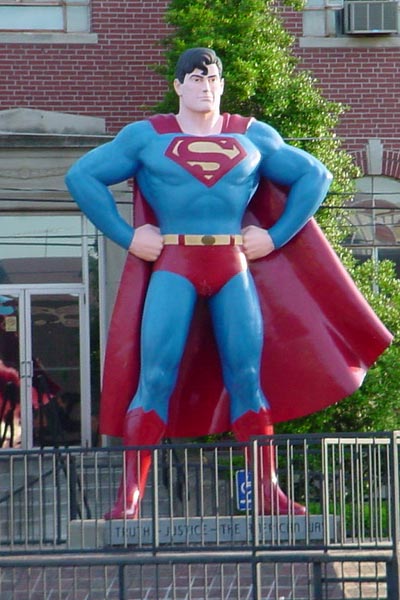
So begone with your racist Alexander H. Stephens (no relation) and greedy Christopher Columbus statues if you must, but let's reconsider what modern life might be like without slave-loving Thomas Jefferson's Louisiana Purchase or colonialist Teddy Roosevelt's trust-busting and national park conservationism before we add them to the scrapheap. We could always use the reminder that not all great men who built our civilization were good.
Comments (0) | Leave a Comment | Tags: american cincinnatus art confederacy history news rant superman
Friday 18 October 2019
Press Briefing by President George Washington, issued on April 8, 1793:
MR. WASHINGTON: Hey, guys. How are you all?
So we're going to talk about French Minister Genet. We're going to announce today that we're going to meet Citizen Genet on May Eighteenth at the Mount Vernon facility in Fairfax County, Virginia.
Now, let's talk about the site selection process because I know you folks will ask some questions about that. How do we go about doing this? First of all, we use a lot of the same criteria that have been used by presidents of the Confederation Congress. There's a long list of the accommodations on site: the ballrooms, bilateral rooms, the number of rooms, the portrait ops, the support lodgings that are there, the proximity to cities and seaports, carriage boarding zones, medical facilities, et cetera.
So we use the same set of criteria that previous administrations have used. We started with a list of about a dozen, just on parchment. And we sent an advance team out to actually visit ten locations in several states. We visited Connecticut, Pennsylvania, South Carolina, New Jersey, Maryland, and Massachusetts. Now, we got that list down to just under ten, and the advance team went out to visit those. And from there, we got down to four finalists that our senior team went out to look at. They looked at — I think it was one in Maryland, two in New Jersey, and then the Pennsylvania State House facility in Philadelphia.
And it became apparent at the end of that process that Mount Vernon was, by far and away — far and away — the best physical facility for this meeting. In fact, I was talking to one of the advance teams when they came back, and I said, "What was it like?" And they said, "George, you're not going to believe this, but it's almost like your father built this facility to host this type of event." If any of you have been there, you know that there's separate buildings with their own rooms, separate and apart from each building, so that one country can have a building, another country can have another, you folks could have your building for the press. And obviously, the common areas are going to be perfect for our needs down there.
Anticipating your questions: How is this not an emoluments violation? Am I going to profit from this? I think I have pretty much made it very clear since I arrived here that I don't profit from being here. I have no interest in profiting from being here. It's one of the reasons that I took no salary as Commander-in-Chief of the Continental Army. Will not be profiting here.
I had considered the possibility of whether or not I could actually do it at no cost, to understand there's difficulties with doing it that way. But we'll also have difficulties, obviously, if I charge market rates. So I'm doing this at cost. As a result, it's actually going to be dramatically cheaper for us to do it at Mount Vernon compared to other final sites that we had.
Now, my guess is, with that official part of the briefing finished, there's going to be some questions about a variety of things that are going on in the world.
Q: Yeah, thank you. So, how is this not just an enormous conflict of interest for you to host the French government at your own plantation?
MR. WASHINGTON: Okay, a couple different things. First off, I'm not making any profit. I think we've already established that. I think some —
Q: There's marketing and branding opportunities.
MR. WASHINGTON: It's a huge — I've heard — you know, I've heard that — I've heard that before. You know, I guess I've been the Chief Executive now for about three or four years, and I always hear: Whenever we go to the District of Columbia, it's a huge branding opportunity; whenever I go sleeping anywhere in New England. And everybody asks the question: Is it not a huge marketing opportunity?
I would simply ask you all to consider the possibility that George Washington's brand is probably strong enough as it is, and I don't need any more help on that. This is not like it's the most recognizable name in the English language and probably around the world right now. So, no, that has nothing to do with it.
That's why — listen, I was skeptical. I was. I was aware of the political, sort of, criticism that I'd come under for doing it at Mount Vernon, which is why I was so surprised when the advance team called back and said that this is the perfect physical location to do this.
So, I get the criticisms. Face it: I'd be criticized regardless of what I chose to do. But, no, there's no issue here on me profiting from this in any way, shape, or form.
Q: You said it's going to be done at cost. Do you have any idea of the cost estimate, how much money you're looking at?
MR. WASHINGTON: Yeah, I don't have the numbers in terms of the cost. I do know that it was — it was — one of the ones I saw was, it was almost half as much here. I don't want to butcher the numbers, but it was thousands of dollars cheaper by doing it at Mount Vernon than it was at another facility. And that was roughly fifty percent savings.
Q: Foreign Ministers have been visiting for decades, so how can you make the argument that this is the best place to hold it? Surely there were other places that this could be held. And you can't make the argument that you are not going to profit because we can't know how much you might profit in the future, right?
MR. WASHINGTON: Yeah. To your first point, again, I think the profit one. Again, I'm not making any money off of this, just like I'm not making any money from working here. And if you think it's going to help my brand, that's great. But I would suggest that I probably don't need much help promoting my brand, so we'll put the profit one aside and deal with a perfect place.
Q: I understand that you're trying to put it in a place that you think is the best.
MR. WASHINGTON: Yeah.
Q: And maybe save the taxpayers some money, which is important for all of us. But sometimes you — because of the appearance of impropriety, you don't make that call. Can you at least understand and acknowledge that just the appearance of impropriety makes this wince-inducing and maybe this is something that you want to reconsider?
MR. WASHINGTON: Yeah. I know that. Listen, I — I know the environment we live in. You all know the environment that we live in. And I know exactly that I'm going to get these questions and exactly get that reaction from a lot of people.
And I'm simply saying, "Okay, that's fine. I'm willing to take that." The same way I take it when I go to Valley Forge. The same when I go play at Washington, D.C. I got over that a long time ago. I absolutely believe this is the best place to have it. We're going to have it there. And there's going to be folks who will never get over the fact that it's a Washington property. I get that. But we're still going to go there.
Q: Aside from what your advance team did to look for the perfect place, what role did you play in selecting Mount Vernon, including getting it on the initial list of ten places in the first place?
MR. WASHINGTON: Yeah. I think we — that's a fair question. We sat around one night. We were back in the dining room and I was going over it with a couple of our advance team. We had the list, and I go, "What about Mount Vernon?" And everyone was like, "That's not the craziest idea. It makes perfect sense."
Q: About the Mount Vernon property: Why has no other Foreign Minister meeting ever been held there before?
MR. WASHINGTON: Because they didn't go look at it. So —
I don't know, why did they have it at Federal Hall? I mean, seriously. I mean, for those of you who were there, I'm a little bit familiar with it; I've talked with the folks up at Federal Hall because I was up there recently and asked. I said, "Didn't you guys go up..." — I think it was Lafayette back then. Seventeen Eighty-Three, something like that. And they said it was a complete disaster. I'm like, "Okay, I wonder how that happened. How did that decision get made?"
Q: Just to show the American people that this is above board, are you going to share documents that show how you arrived at this decision with the Congress?
MR. WASHINGTON: No. But I would imagine we would share dollar figures with you afterwards. I mean, that's — that's ordinary course of business.
By the way, you're going to get this answer a lot, okay? I don't talk about how this place runs on the inside. So, if you ask if we — if you want to see our parchment on how we did this, the answer is: Absolutely not.
Q: There will almost certainly be a House Judiciary Committee hearing about this site selection.
MR. WASHINGTON: You think so?
Q: I really think so. Yeah. Will the administration participate, cooperate, with that?
MR. WASHINGTON: You know, that's a — by the way, that's a fascinating question. I had not thought that — that this would prompt a Judiciary Committee investigation. On one hand, I'm thinking to myself, "They don't have time to do it because they're too busy doing the two-party system." Right. And then I think to myself, "No, this is entirely consistent with how they've spent the first twenty-four months in office." Right? Or thirty-six months — however long they've been here. I guess it's been a few years, right?
That, yeah, they'd rather do that than talk about tax policy, than talk about tariffs, than talk about the Whiskey Rebellion; talk about the Jay Treaty. So, that's a fascinating question. I don't know if there will be a Judiciary Committee inquiry into this. My guess is there probably will be. And I look forward to participating in it.
Look, I know we can do this all night. No, I'm not going to take any more. But it's nice — it's nice to see everybody. Thanks again.
END
Comments (1)
| Leave a Comment | Tags: american cincinnatus great speeches in history history news politics trumps americaFriday 8 July 2016
Okay, now that I'm rested, let's continue the vacation!
Day 4 (June 30): National Portrait Gallery
- National Portrait Gallery
- Smithsonian American Art Museum
- National Gallery Sculpture Garden
I loved the portrait and American art museums. Loved 'em. I could have spent the whole week in there.
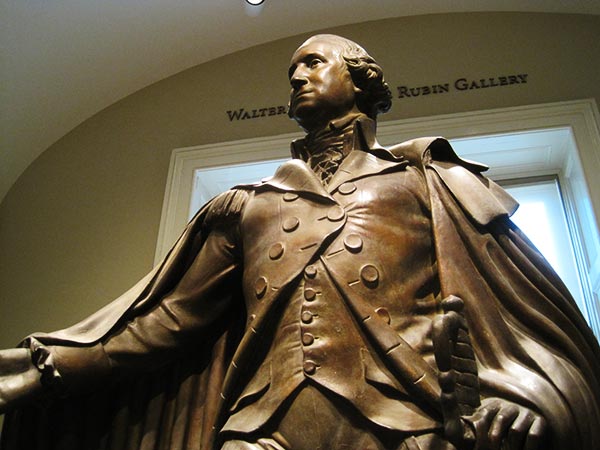
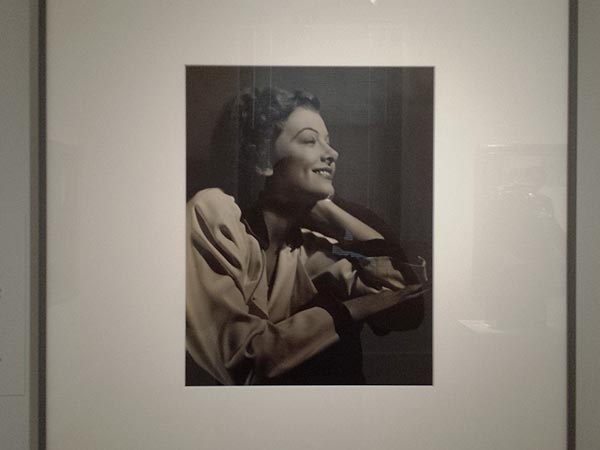
America's Sweetheart, Myrna Loy
Day 5 (July 1): Newseum
- Newseum
- United States Capitol
- Library of Congress
- Supreme Court
The Newseum is the only museum we paid admission fee for. It was worth it. I must not have been the only person to think so; it was pretty crowded. The one exhibit that was totally empty was the section investigating journalistic ethics. I wish that was a joke.
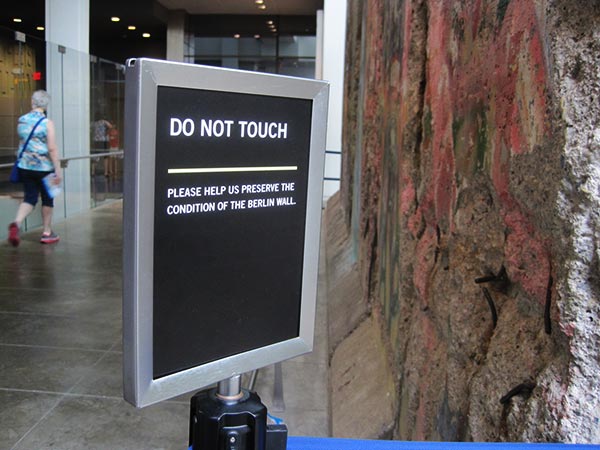
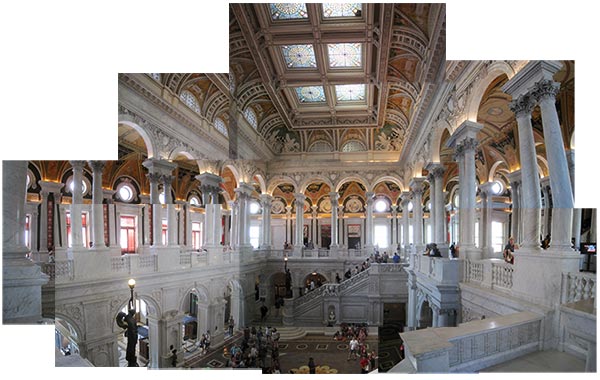
Library of Congress Great Hall
Day 6 (July 2): Back to Virginia
- Arlington National Cemetery
- Steven F Udvar-Hazy Center
- Franklin Delano Roosevelt Memorial
- Martin Luther King Jr. Memorial
- Thomas Jefferson Memorial
- George Mason Memorial
- National 9/11 Pentagon Memorial
- Air Force Memorial
- US Marine Corps Memorial
Udvar-Hazy is the satellite campus (ha, ha) of the Air and Space Museum located 30 minutes away from DC in Dulles, Virginia. Like all Smithsonian museums, admission is free. Parking will set you back $15. This museum is home to the Enola Gay and the Space Shuttle Discovery. It also has a Concorde and some foreign military aircraft, but otherwise, I didn't find it as impressive as the Warner Robins Museum of Aviation. At least in Warner Robbins, parking is free.
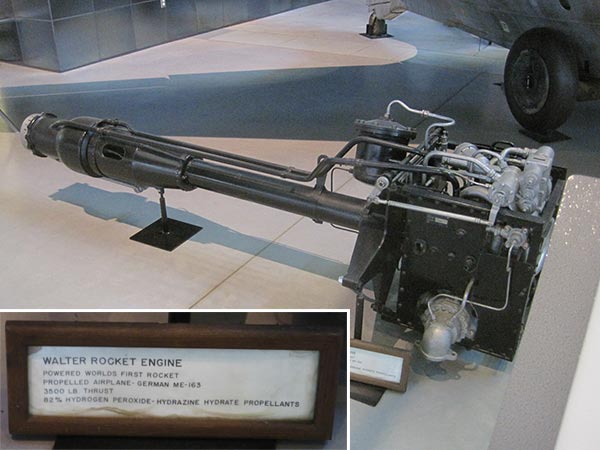
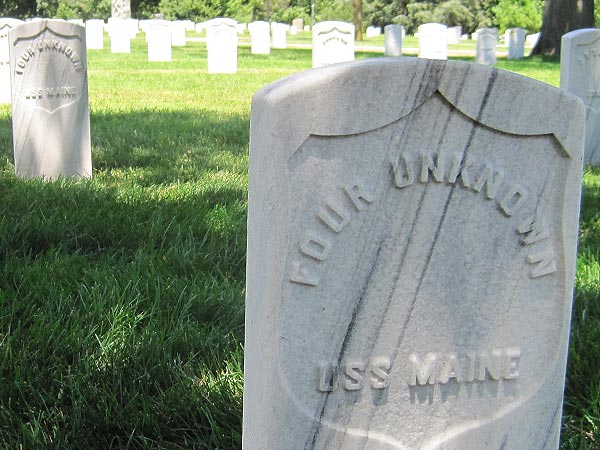
Remember the Maine
Day 7 (July 3): Lexington, VA
- Lee Chapel & Museum
- Stonewall Jackson Memorial Cemetery
Lexington is home to Washington and Lee University and Virginia Military Academy. No surprise it also has the final resting place of General Robert E. Lee and Stonewall Jackson. Brian was very excited to stop here because it meant we'd completed our pilgrimage to the graves of all three men on Stone Mountain. (Lee and Jackson's horses, Traveller and Little Sorrel, respectively, are also on Stone Mountain, and both buried in Lexington as well.) Mission accomplished.
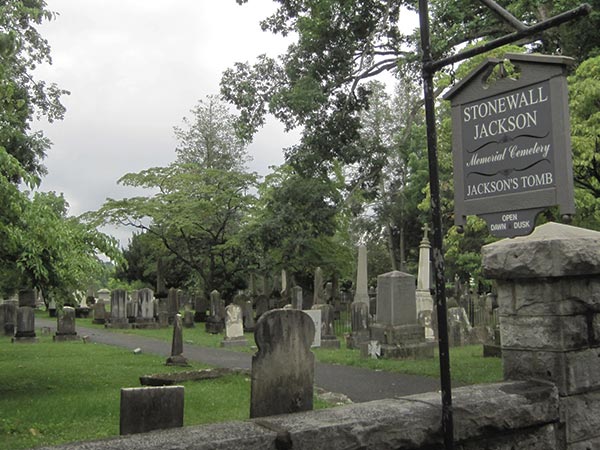
We returned home in the wee hours of July 4, and that was all right with me. I enjoyed the trip, but there's no place like home.
Comments (0) | Leave a Comment | Tags: american cincinnatus art brian cemetery confederacy death friends lexington museums myrna loy vacation virginia walter washington
Friday 1 July 2016
I've been in Washington, DC for most of the past week. I've seen eleven different museums, two cemeteries, and countless monuments. I'm starting to get the impression that not everyone enjoys learning about things as much as I do.
Take for example the little girl in the National Archives who was angry that George Washington had been left off the portrait of signers of the Declaration of Independence. "I know he signed it," she said. No one in her family corrected her.
Consider also the middle-aged man in the Smithsonian American History Museum who was shocked to discover that George H.W. Bush was elected to only one term as president. When his daughter expressed surprise that Bill Clinton had been elected twice, he said, "We only re-elect people we don't like. This country gets the presidents that we deserve." I have to agree with that.
And then there was teenaged boy who walked up to me in the National Portrait Gallery and asked where the bathroom was. Despite it being the first time I'd been in that building in my life, I was able to point his attention to the sign over his head. I hope he paid more attention to the art than he did to the signs.
To be fair, I'm not exactly open-minded about everything. I rolled my eyes when the docent at the Smithsonian American Art Museum tried to interest me in a throne someone had built over fourteen years from bits of aluminum foil. "See it," she said, "and you'll be impressed." My companion, Brian, gave her the bad news. "He won't be. He's a little stubborn," Brian said. For the record, Brian was right. Thrones made of aluminum foil are not my bag, baby. And they never will be.
Comments (1)
| Leave a Comment | Tags: american cincinnatus art brian friends museums vacation walter washingtonWednesday 3 June 2015
Vacation Day 4: Charleston and Beaufort, SC
By day 4, Brian and I had visited almost everything we knew we wanted to see in Charleston, so we were looking for things a little off the more beaten paths. We decided to start the day by paying a visit to the only thing in Charleston that had lived through the American Revolution.
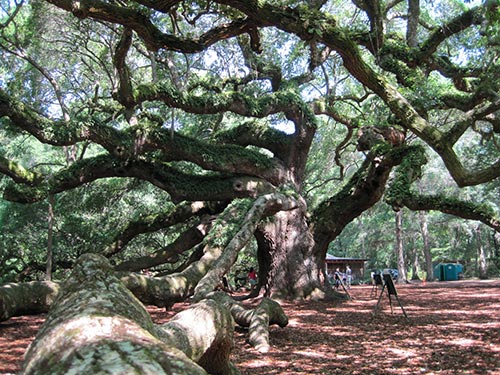
They estimate at the Angel Oak may be 400 years old. It looks it.
The thing that I wanted to do next was visit Magnolia Cemetery. Newnan's Oak Hill Cemetery is older, but Magnolia is much, much larger and, though I hate to say it, it's also much, much prettier. (What's with naming cemeteries after trees, anyway?)
Magnolia is adjacent to a complex of cemeteries, including St. Lawrence and the Lutheran's Bethany Cemetery filled with tombstones inscribed in German. The area is full of many stunning tributes to the dead.
Naturally, being a cemetery in Charleston, SC, it is chock full of monuments to dead Confederates. The men who died testing and running the world's first submarine to sink a ship, the H.L. Hunley, are all buried here (the ill-fated ship killed more Confederates than Yankees), as are many other C.S.A. officers, soldiers, and officials. There's even a monument to all the Germans who fought for the South.
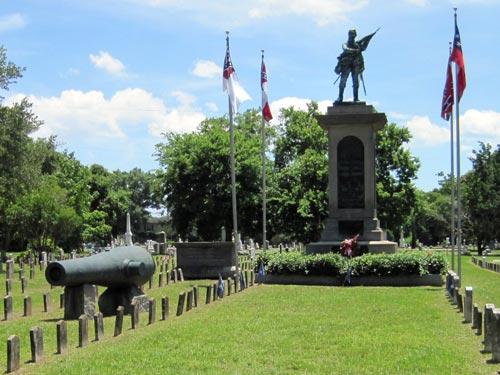
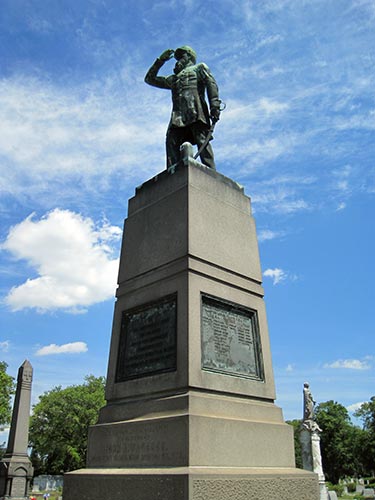
As you can see, there are many spectacular monuments here, I couldn't stop snapping pictures. I took nearly 200. (Thank you digital camera technology!) Brian gave up trying to follow me and sat in his car playing with his smart phone. I tell you, kids today! Who'd rather look at digital pixels than fine statuary like these?
This cemetery is so big, there are even duplicate monuments. All three of these angels (watching over Patrick Darcy, Ellen Turner, and Micheal Shanahan respectively) are the same statue!
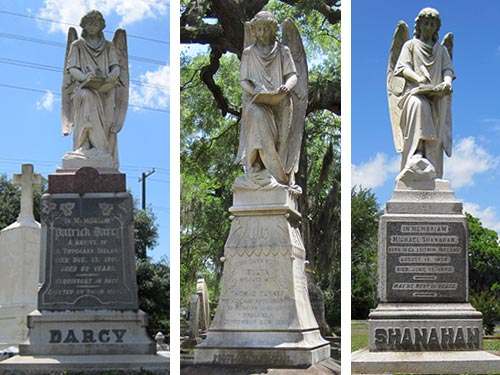
In a cemetery this size, the statuary is only part of the pleasure. There are a nearly endless variety of entertaining monuments. For example, C.S.A. Captain John C. Mitchell, who died during the Yankee siege of Fort Sumter in 1864, has his last words: "I willingly give my life for South Carolina. Oh! That I could have died for Ireland!" The tombstone for Corporal Allan Jackson explains that he survived being shot at the Battle of Fredericksburg only to die of Typhoid Fever in Richmond. And don't forget such great names as Harry Brotherhood and Dr. B.A. Muckenfuss. But my favorite tombstone of all:
After Brian finally dragged me from the cemeteries, we headed into downtown Charleston to visit the Charleston City Hall. Originally built as the Charleston branch of the Bank of the United States, it now houses the mayor's office and an absolutely stunning council chamber containing several original commissions of famous southerners like George Washington, Andrew Jackson, and John C. Calhoun. (Flash photography was prohibited, but I'm sure no pictures could do it justice.)
Looking for one more thing to see before turning in for the night, we drove an hour to Beaufort, SC. We got there just as the sun was setting, and barely had enough time to photograph the Hunting Island Lighthouse before they closed the park gates.
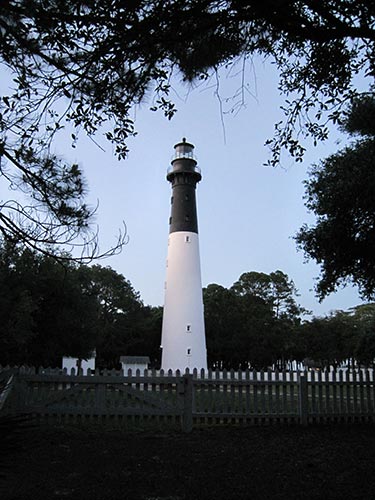
Given how little light there was, I think this picture came out really well.
One more day to document. More to come.
Comments (2)
| Leave a Comment | Tags: american cincinnatus art brian cemetery charleston confederacy death fort sumter friends south carolinaTuesday 17 July 2012
We have some new across-the-street neighbors. Yesterday as I was walking the dogs, their toddler ignored her father's shouts and began stumbling her way across the lawn to reach my poodles. When daddy finally caught up to his little girl -- right by the street, I might add -- I jokingly asked if he needed to borrow one of my leashes. He didn't seem to think that was too funny. Some people can't take a joke.
While we're on the subject, I should mention that I used to think those child leashes were a modern invention. Maybe this is because they are surprisingly controversial. If you want to pick an argument in a room full of mothers, simply start a discussion about bottle feeding, vaccinations, or toddler leashes. Be sure to have an exit strategy planned first, because it's going to get ugly.
But watching Picnic earlier this month belied that belief. One brief shot lampoons the weary mother with two toddlers straining to run in opposite directions. The children are restrained only by, you guessed it, toddler leashes. That film was made in 1955, and the sight gag must have been already an established trope for it to be included as a bit of comic relief. After all, the film's setting is small-town Kansas, hardly the bleeding edge of society.
So just how long have people been tying rope to their children to keep them in tow? A quick Google search tells me that at least as early as the 18th century, children's fashion occasionally included "leading strings," or long cloth straps attached to the shoulders which served a similar purpose as today's toddler leash. Does that mean that a young George Washington was once led around by his father like a standard poodle? I cannot tell a lie: I like to think so.
Comments (0) | Leave a Comment | Tags: american cincinnatus children dogs georgia history movies newnan picnic trivia walter
Sunday 3 July 2011
I'm sure I've mentioned before that I love the Independence Day holiday more than all others. It's a secular holiday that everyone celebrates their own way, a triumph of rational individualism with a healthy side of slavish deification of a bunch of old people in wigs. Who doesn't love that?
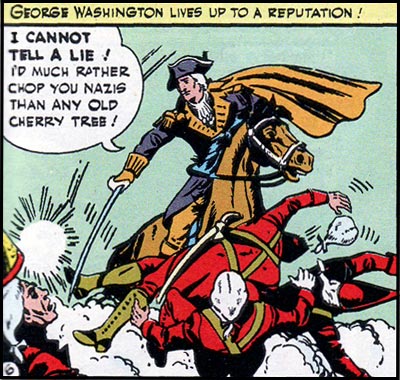
Ah, George Washington. Is there anything he can't do?
Comments (0) | Leave a Comment | Tags: american cincinnatus holidays independence day


